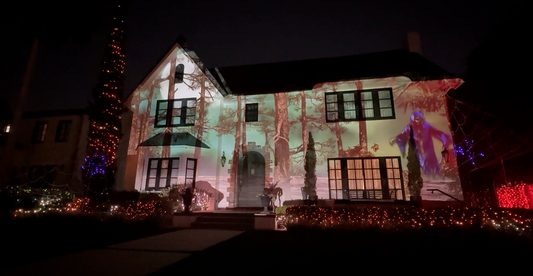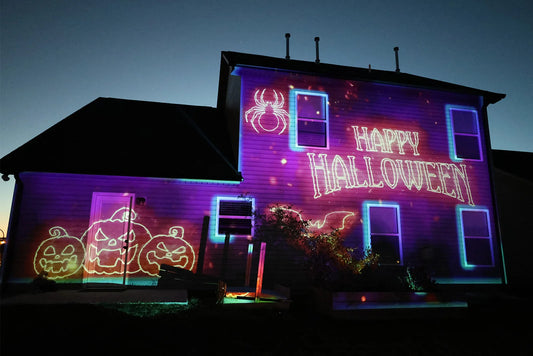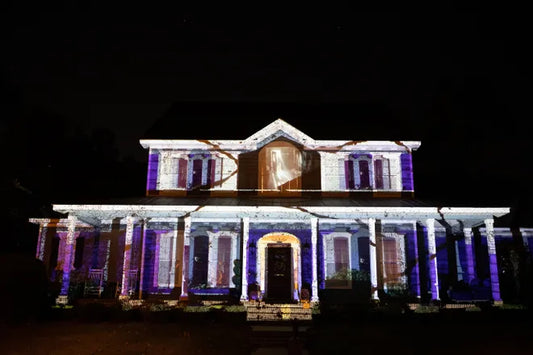As technology continues to evolve, the use of projection mapping is becoming increasingly popular in the entertainment industry. Theme parks, in particular, can benefit greatly from this innovative technology, providing guests with a truly immersive and unforgettable experience. In this blog post, we'll explore how theme park designers can utilize projection mapping to create a next-level experience for visitors.
- Bring Attractions to Life: With projection mapping, theme park designers can bring attractions to life in ways that were previously impossible. Imagine a rollercoaster ride that takes you through an enchanted forest, where you see animated characters and creatures projected onto the surrounding trees, giving the illusion of a magical world. By using projection mapping, the possibilities for creating truly immersive environments are endless.
- Nighttime Spectacles: Theme parks are just as exciting at night as they are during the day. However, after the sun goes down, it can be challenging to keep guests engaged. Projection mapping can be used to create stunning nighttime shows that keep guests captivated. By projecting onto buildings, fountains, and even water screens, theme park designers can create dazzling displays of light, color, and animation.
- Themed Restaurants: Food and drink are an essential part of any theme park experience, and projection mapping can be used to create immersive dining environments. Imagine dining in a themed restaurant that transports you to another world with projected imagery surrounding you. The possibilities for creating unique and memorable dining experiences are endless.
In conclusion, projection mapping is a powerful tool for theme park designers looking to create immersive and engaging experiences for visitors. By incorporating projection mapping into attractions, nighttime shows, and themed restaurants, theme parks can take their design to the next level, creating an unforgettable experience for guests.




